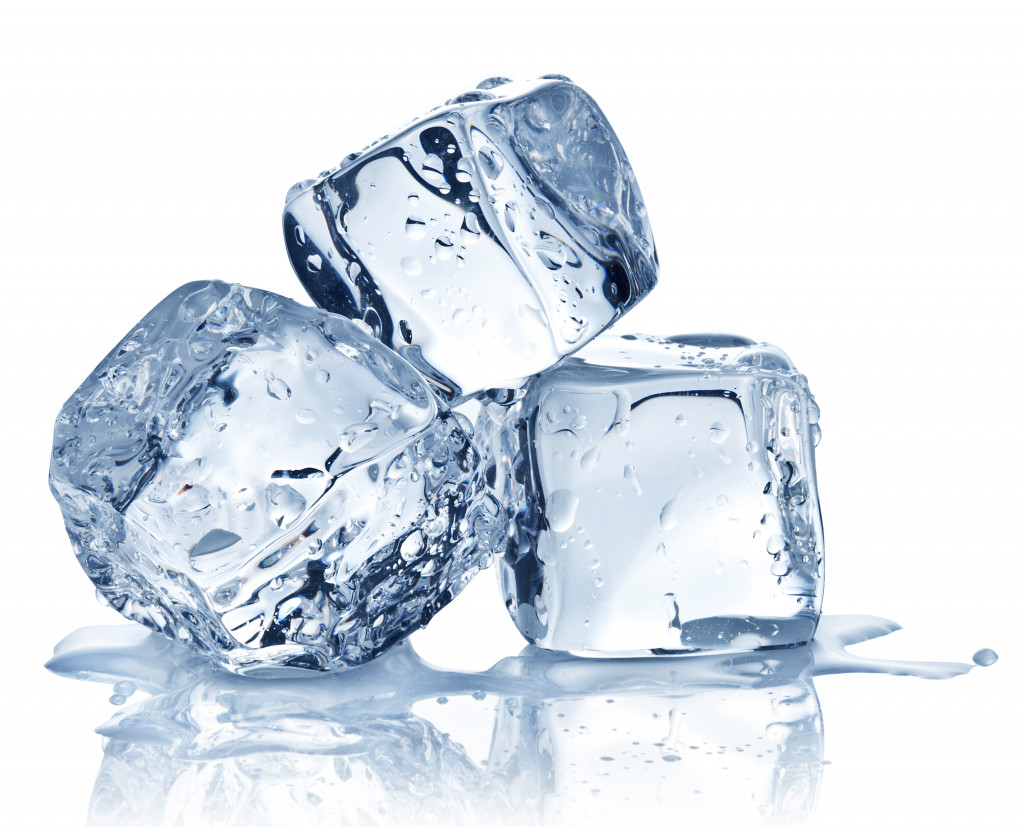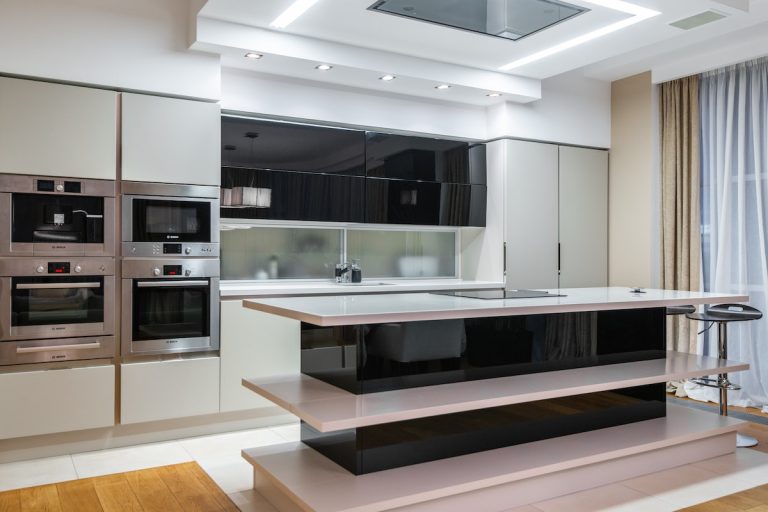If you’re like most people, your home is full of appliances. From the fridge in the kitchen to the washer and dryer in the laundry room, these devices make people’s lives a whole lot easier. But what happens when one of them breaks down?
Before you call a repairman (or woman), there are a few things you can try on your own to get your appliance back up and running. This blog post will take a look at different appliances and give you some tips on how to fix them yourself. But don’t worry — this will also let you know when it’s time to call in the professionals.
1. Refrigerators
One of the most common refrigerator problems is a leaking seal. If you notice water pooling on the floor around your fridge, this is likely the problem. To fix it, clean the seal with a soapy cloth and dry it thoroughly.
If that doesn’t work, you may need to replace the seal entirely. To do this, you’ll need to purchase a new seal from your local appliance store. Once you have the new seal, remove the old one and install the new one in its place. This is a relatively easy repair that most people can do on their own, but if you’re not confident in your abilities, it’s always best to call a professional.
Another common issue with refrigerators is that they stop cooling properly. If you notice that your fridge can’t keep food as cold as it should, ensure that it is set to the correct temperature. If it is, the next step is cleaning the condenser coils.
2. Ovens
If your oven isn’t heating up properly, the first thing you’ll want to do is check the thermostat. Ensure it’s set to the correct temperature and that there’s debris blocking it from working correctly. If that doesn’t solve the problem, there could be an issue with the heating element.
You’ll want to leave this to a professional, as working with electricity can be dangerous. For instance, if your oven is electric, you’ll need to ensure that the power is turned off before attempting any repairs. Gas ovens are a little different, but they can still be dangerous if you’re unfamiliar with them.
If your oven is giving off strange smells, it’s time to clean it. Start by taking everything out of the oven, including the racks. Then, use a degreaser to clean all of the surfaces, paying particular attention to the door seal. Once you’re finished, put everything back in the oven and turn it on to ensure it’s working correctly.
3. Ice Machines
If your ice machine isn’t working properly, you can check a few things before calling a repairman. Scotsman ice machine parts can be found at most appliance stores, so if you think you need to replace a part, it’s probably best to do it yourself.
The first thing you’ll want to do is make sure that the ice machine is turned on. If it is, check to see if there’s water in the reservoir. If there isn’t, you’ll need to add water and wait for the ice to start production.
If water is in the reservoir and the ice machine isn’t working, you may need to clean it. Start by unplugging the machine and then taking it apart. Once you have access to the ice tray, remove it and wash it with warm water and soap. If your ice machine is still not working after you’ve tried all these things, it’s probably time to call a repairman.

4. Dishwashers
A dishwasher that doesn’t seem to be cleaning dishes properly is usually due to a buildup of food particles and grease in the filters and spray arm. Start by cleaning these parts with hot soapy water every month to prevent this issue from happening in the first place.
If your dishwasher is already clogged, you can use vinegar or a commercial dishwasher cleaner to break up the grease and food particles. Again, call in a professional if this doesn’t work or if you’re not comfortable doing it yourself.
Another common issue with dishwashers is that they leak water onto the floor. If this is happening, you’ll first want to check the door seal and ensure there’s no debris blocking it. If that doesn’t solve the problem, you may need to replace the seal entirely.
5. Washing Machines
If your washing machine isn’t draining properly, there could be a drain hose or pump blockage. To unclog these parts, start by disconnecting your washing machine from the power source and then disconnecting the drain hose from the machine and Drain-Waste-Vent (DWV) system under your sink.
Once everything is disconnected, use a plumber’s snake or wire coat hanger to clear any blockages inside the hose or pump. Reconnect everything and turn on your washing machine; it should work correctly!
Another common issue with washing machines is that they vibrate too much. This can be caused by several things, but the most common culprit is an unbalanced load. Simply redistribute the clothes in your washing machine and try again to fix this.
6. Heat Pumps & Air Conditioners Outside Unit
In many cases, an HVAC system’s outside unit will shut down due to ice buildup on its coils — especially during very cold weather conditions. To thaw out an iced-over AC unit:
- Turn off power at its inside breaker.
- Use a garden hose to circulate water over iced coils for about 20-30 minutes.
- Restart power and check for proper airflow through all registers inside your home
If the problem persists, call a professional HVAC technician to take a look at your system.
When it comes to repairing or maintaining your home’s appliances, there are some things you can do yourself and others that are best left to the professionals. With this guide in hand, you should be able to tackle the most common appliance issues on your own. However, if you’re ever in doubt, it’s always best to call in a professional to take a look. After all, your appliances are a significant investment, and you want to ensure they last as long as possible!




